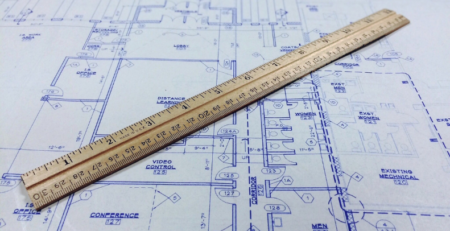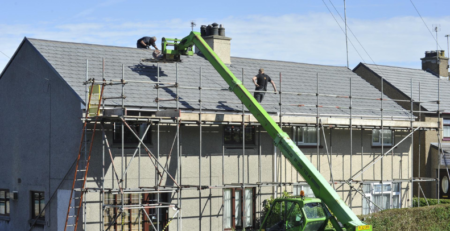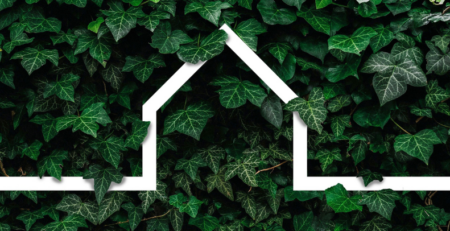Retrofitting Revolutions: Turn Your Old Home into a Energy-Efficient Masterpiece
In the age of rising energy costs and increasing concerns about climate change, there is a growing interest in making our homes more energy efficient. Retrofitting older homes is one of the best ways to achieve this, not only for the benefit of the environment but also for personal comfort and reduced energy costs.
In this article, we will discuss the importance of retrofitting older buildings, the advantages of heat pumps over gas boilers, how to balance heritage and sustainability, and the aesthetics of energy-efficient retrofits.
Why Retrofit Older Buildings?
The process of retrofitting involves upgrading the energy efficiency of existing buildings. It can be done through various means, such as improving insulation, replacing windows, and updating heating systems. Retrofitting older buildings has numerous advantages. For one, it lowers carbon emissions, which is crucial in the fight against climate change. Moreover, it prolongs the lifespan of the buildings, making them more sustainable in the long run.
One of the key benefits of retrofitting is its potential to lower energy costs. By making homes more energy-efficient, homeowners can save money on their utility bills. Furthermore, retrofitting can improve the overall comfort of a home, as better insulation and more efficient heating systems will help maintain a consistent temperature throughout the house.
The Efficiency of Heat Pumps vs. Gas Boilers
A key consideration when retrofitting an older home is the choice between a gas boiler and a heat pump. Gas boilers have been the traditional choice for heating systems in the UK, but heat pumps are gaining popularity due to their increased efficiency.
The best-case scenario for a gas boiler is that 90% of the energy used will be converted into heat. On the other hand, a heat pump’s efficiency can be as high as 300%. This means that heat pumps can provide more heat for the same amount of energy compared to gas boilers. Additionally, heat pumps operate most efficiently at lower temperatures, making them ideal for well-insulated homes.
While heat pumps may have a higher upfront cost compared to gas boilers, the long-term energy savings can offset this initial investment. This makes heat pumps an attractive option for homeowners looking to retrofit their older homes for improved energy efficiency.
Balancing Heritage and Sustainability
Many older homes in the UK have historical or architectural significance. Therefore, retrofitting these homes can be a delicate process, as homeowners and architects must balance the need for energy efficiency with the desire to preserve the building’s heritage and character.
One approach to striking this balance is to work closely with conservation officers, ensuring that any changes made to the building are in line with local regulations and preservation guidelines. This can involve using materials that closely resemble the original ones or installing energy-efficient systems that are hidden from view to maintain the building’s historic appearance.
Another strategy is to prioritise non-invasive retrofit measures, such as installing internal insulation or using draught-proofing materials. These measures can significantly improve energy efficiency without altering the building’s exterior appearance.
In some cases, homeowners and architects may need to make compromises to achieve a balance between heritage preservation and sustainability. This can include allowing for some changes to the building’s appearance in order to accommodate energy-efficient systems, such as solar panels or external insulation. The key is to approach these decisions with a clear understanding of the building’s historical and architectural value, and to weigh these factors against the benefits of improved energy efficiency.
The Aesthetics of Energy-Efficient Retrofits
Retrofitting an older home does not mean compromising on aesthetics. In fact, many architects are now pioneering sustainable solutions that combine energy efficiency with bold, beautiful designs. By incorporating modern materials and innovative design techniques, architects can create stunning, energy-efficient homes that are both functional and visually appealing.
Some examples of aesthetic retrofit solutions include the use of green roofs, which provide insulation and absorb rainwater while adding a unique visual element to the home. Another example is the installation of large, energy-efficient windows that allow for natural light to enter the home while minimising heat loss. With careful planning and creative thinking, homeowners can achieve a balance between energy efficiency and aesthetics, resulting in a home that is both environmentally friendly and visually stunning.
Tackling Multiple Crises with Retrofitting
The UK is facing several crises, including energy, cost of living, poverty, climate, and health. While retrofitting homes cannot solve all of these issues, it can significantly contribute to addressing some of them. By making homes more energy-efficient, retrofitting can lower energy costs, helping to alleviate the financial burden on households.
Reducing energy consumption through retrofitting can also help to mitigate climate change, as it leads to lower carbon emissions. Moreover, energy-efficient homes are generally healthier and more comfortable to live in, as they have better indoor air quality and more consistent temperatures. This can be especially beneficial for vulnerable populations, such as the elderly or those with respiratory issues.
By investing in retrofitting, homeowners can not only improve their own living conditions but also contribute to tackling some of the pressing challenges facing the UK today.
Conclusion
Retrofitting older homes for energy efficiency is a smart and sustainable solution for homeowners looking to reduce their carbon footprint, lower their energy costs, and improve their overall living conditions. By carefully balancing the need for energy efficiency with the preservation of heritage and architectural character, homeowners and architects can create modern, comfortable, and visually stunning homes that are also environmentally friendly.
Innovative solutions, such as the use of heat pumps and aesthetically pleasing design elements, can make retrofitting an attractive option for homeowners seeking to make their homes more sustainable. Furthermore, by investing in retrofitting, individuals can contribute to addressing some of the critical challenges facing the UK, such as climate change, energy security, and public health.
Ultimately, retrofitting older homes for energy efficiency is not only a smart investment for homeowners but also a step towards a greener, more sustainable future for the UK.
ARE YOU READY TO START INVESTING?
Subscribe to our mailing list now for exclusive deals, investment guides and the latest information from the property market.







